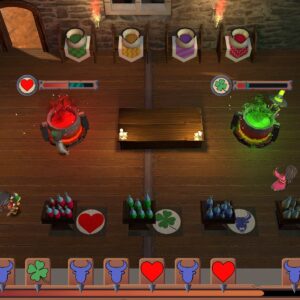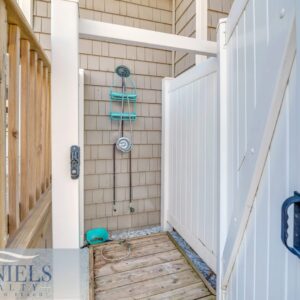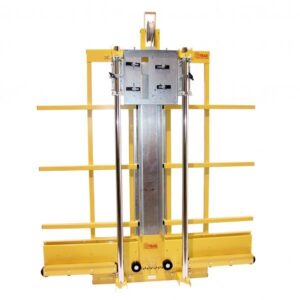The first day of Everest Trekking is filled with a steep incline and lunar-like landscape. After this, the trek continues through a rhododendron forest. The final stretch from Tengboche to Dingboche reaches 14,470 feet / 4,410 meters and a prominent landmark, the Ama Dablam peak.
Day 8 of Everest Trekking
Day eight of Everest Trekking is one of the most challenging days of your trip. You will leave the base camp and start a long trek to the summit of the world’s tallest mountain. The mountain has no acclimatization days, so you must be in top physical shape and have a positive mental attitude. This trek is not for everyone, so you should take care to be fit, hydrated, and have the right mindset before you begin the trek.
Day eight of Everest Trekking begins with a short, steep ascent out of Dingbouche, before a long, slow ascent up to Dughla. This small town is located at the foot of the Khumbu glacier and survives on passing trade. You will be able to see the Everest summit in the distance during this day. You’ll also see the Memorial to Everest Climbers, which is a great place to take photos.
Day eight of Everest Trekking starts with a spectacular view of the mountain. You’ll be able to see both Everest and Lhotse in the distance. You’ll also pass the Khumbu glacier, where you’ll spend 45 minutes hiking up the moraine. Once you’ve climbed the moraine, you’ll reach Namche Bazaar, where you can shop for supplies or visit one of the many cafes.
The next day of Everest Trekking involves reaching Kala Patthar, the highest point in the trek. At an elevation of 5,540 metres, Kala Patthar offers the most breathtaking views of Mount Everest. From here, you’ll head to Lobuche and then continue on to Gorak Shep.
Day 18 of Everest Trekking
Day 18 of Everest Trekking is the most challenging day of the trek. This trek is 4 hours round trip and includes the famous Khumbu Icefall. The trek also offers spectacular views of the landscape and the tip of Everest. It is also possible to see other climbers on the trail. This trek takes place during the months of March to May and September to November.
Participants should bring trekking boots and a warm pair of socks and gaiters. They should also pack lightweight thermal leggings or loose trekking pants. During the night, the temperature may drop significantly. It is therefore important to bring several layers of clothing that you can remove or add to as the temperature changes. Also, bring a hat and various t-shirts to keep warm. In addition to these, you should also bring a sleeping bag and toiletries for yourself.
After reaching Pheriche, you will head back to Namche Bazaar. This is where you will start the acclimatization process. This is an important part of the trek because it will help you adjust to the high altitude. Usually, the best way to acclimatize is to return to a lower elevation for the night. The Khunde and Khumjung Loop is a great acclimatization trail. This route leads to ancient Buddhist stupas and long-lost Sherpa villages.
After acclimatizing, you will be hiking to Everest Base Camp. Once you reach this point, you can enjoy the spectacular views of Everest. The hike from here to the base camp is mainly downhill, and it won’t take as long as the day before.
Day 22 of Everest Trekking
On Day 22 of Everest Trekking, you’ll hike to the Kala Patthar viewpoint for breathtaking views of Mount Everest. This viewpoint is 5,550m/18,209ft., and it’s one of the most picturesque places on the mountain. The name Kala Patthar means “black rock,” and it is located on the southern ridge of the Pumori peak.
You should stay hydrated, and take Diamox tablets to prevent altitude sickness. You should also keep your pace easy, as you won’t be gaining more than 600 meters of altitude each day. As the altitude rises, your body’s oxygen level drops. By taking the proper rest during your trek, you’ll be in the best shape to continue the journey.
After a day of trekking through the mountains, you’ll arrive in Gorak Shep, the last village with tea houses. This is the original base camp for Mount Everest, and you can take some beautiful photos here. You’ll also reach Kala Pathar, which is where you’ll watch the Himalayan Sunrise. You’ll also be able to take in breathtaking views of the surrounding peaks before returning to Namche Bazaar.
On the way, you’ll pass through a steep forested area and cross the confluence of the Bhote Koshi and Dudh Koshi rivers. You’ll also see the village of Namche, which is home to a thriving community. If you have some time to spare, you can stop by a teahouse for a rest and a warm cup of butter tea.



